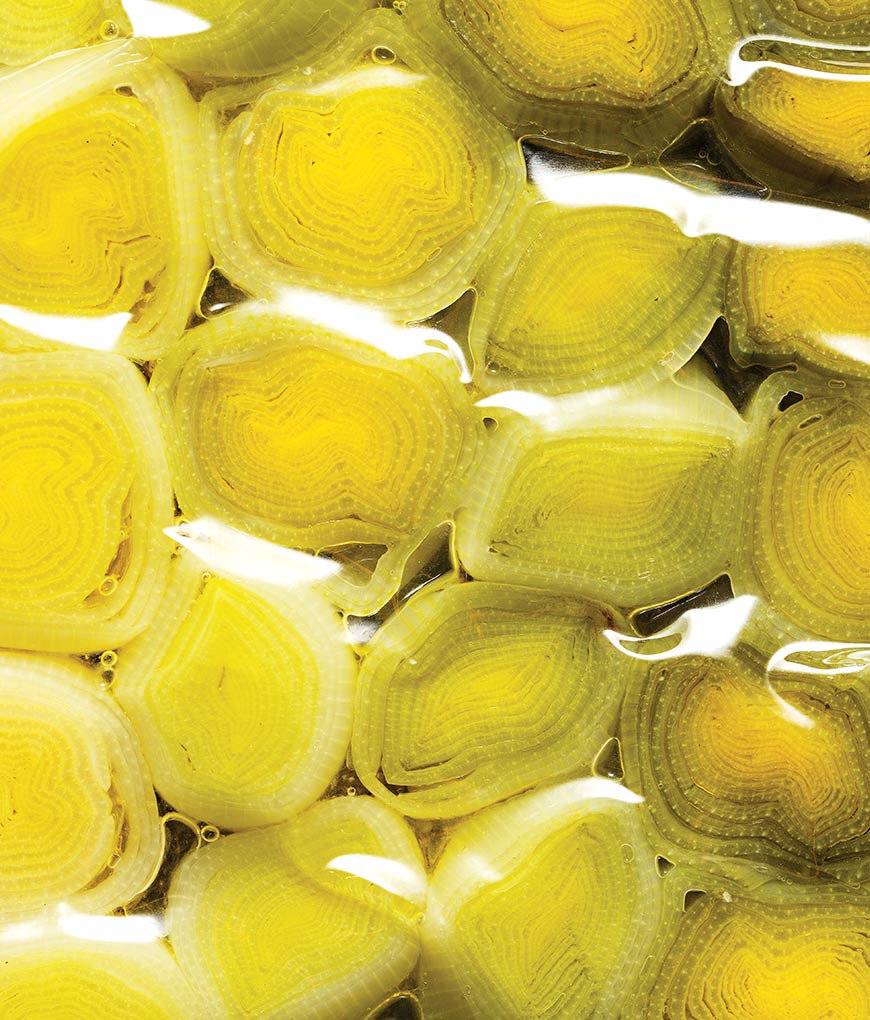BY Morgan Fecto
If you’ve ever eaten something cooked sous vide, then you know what the innovative cooking method can do for food. Otherwise-dry chicken breasts become succulent; routine root vegetables burst with flavor; and the perfect jammy egg yolk is no longer a Sisyphean pursuit, but a guarantee.
Making ingredients seem to magically taste better isn’t the only benefit of sous vide cooking. Sous vide also proves that good-tasting food can actually be good for you. Once you know why, you might never turn on your oven again.
It Seals in Vitamins
Sous vide is a highly precise slow-cooking method, so when you seal and submerge your beets, branzino, or black beans, you’re signing them up for a longer cooking time at a low, controlled temperature. The ingredients are not exposed to the damaging high heat of an oven or sauté pan. The delicate cooking temperature prevents the antioxidants in many foods from degrading, and the airtight sous vide pouch preserves water-soluble vitamins, like vitamin C and B vitamins, which would usually escape as steam during conventional cooking.
Sous Vide is Safer
When it comes to poultry, eggs or other ingredients that can cause foodborne illness if cooked improperly, sous vide is the ultimate safety net. The exacting temperature control allows you to pasteurize these foods before you dig in. As long as you cook ingredients in a water bath of at least 125.6°F (52°C), you can enjoy that wobbly egg and know you’re safe from salmonella. If you’re preparing sous vide meals in advance, chilling your sealed pouches to 50°F (10°C) in an ice bath after cooking sous vide prevents bacteria from growing before the pouches go in the fridge.
The Focus is Flavor
With flavors like this, who needs deep-frying, tons of salt, or the fattiest cut? While oven-roasting requires that proteins have lots of fat and collagen to keep them moist, the sous vide method seals in moisture and renders even the leanest cut of meat juicy. Sous vide cooking also amplifies the natural flavors in fruits and vegetables, which eliminates the need for copious amounts of oil or heavy seasoning to achieve rich flavors. Rather than pan-frying veggies to make them palatable, try cooking them sous vide with a fraction of the oil and fresh herbs for a complex taste that also cuts calories.
Buy the Magazine
BUY NOWDedicated to the Art & Science of Sous Vide
The first publication devoted to the art and science of sous vide cooking, featuring innovative recipes, visual inspiration, expert techniques for cooking sous vide at home, and exclusive interviews with world-class chefs.

